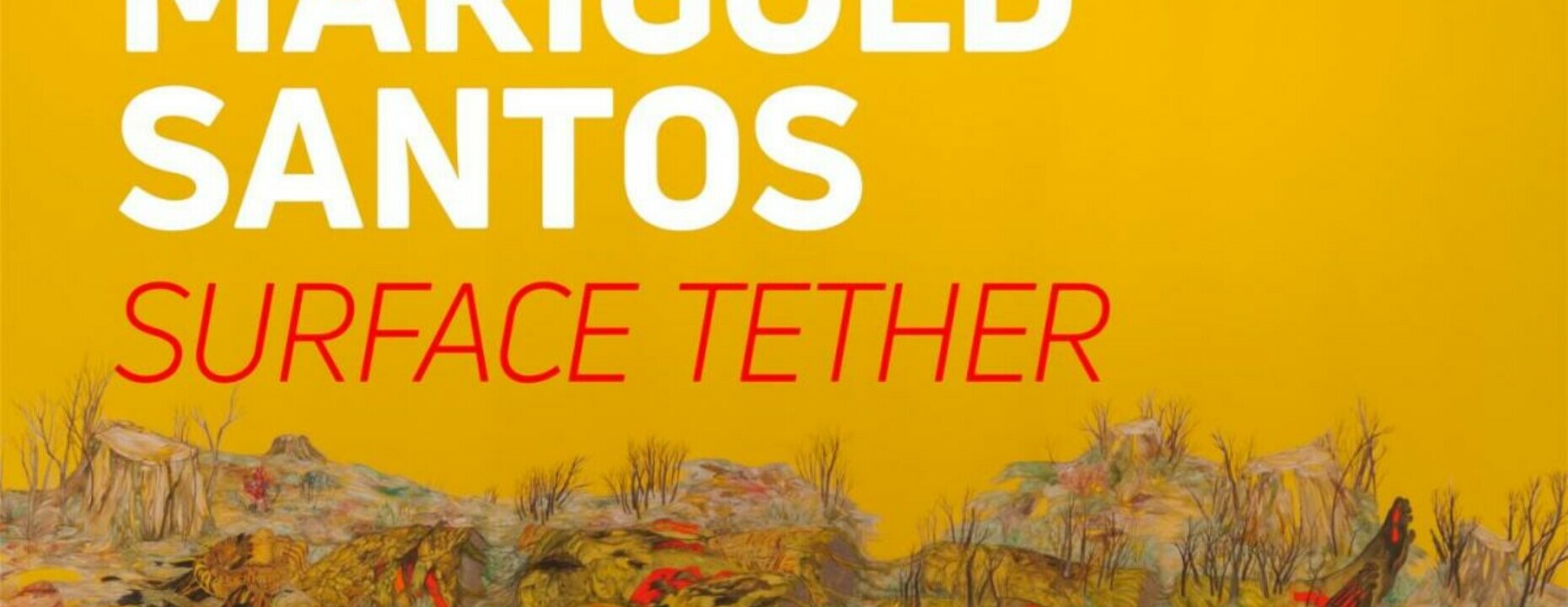The scenes in this exhibition represent emotional and social landscapes rather than identifiable places. The works are meant to reflect and project human experience on to the natural environment. The land formations, plant life, and rocks are all anthropomorphized to varying degrees but their complex emotional lives are only realized through interactions with the viewer. For artist Marigold Santos, the landscape is a surface whose markings are tethered to deeper and more comprehensive ideas and experiences about the self. Landscapes are not banal or trivial observations of land but fabricated environments where thoughts, feelings, and expectations play out.
Many of the works feature representations of the Asuang, a feared folkloric monster from the Philippines. In the work of Marigold Santos, however, this creature is transfigured into a symbol of empowerment. Santos’ Asuang has powerful transformative emotions, can cast off and regenerate body parts, and can shape shift into the landscape to escape capture or abuse. Trees, grasses, and textiles meld with the figures. Inky marks appear on their bodies not with the intention to disguise, but instead, as symbols of experience worn with pride.
The Asuang’s multiplicity, the shift between day and night, the human body in transition—for the artist, the ability to change represents moments of strength and power. Humans feel a strong connection to certain landscapes for various reasons but what happens when place changes? What happens when we change place? How do we undergo change? What are the situations wherein place or body alter? Do we dig in or do we see opportunity to emerge carrying only what we need on our backs and taking our memories in our skin?
The RBC New Works Gallery features new artworks by Alberta artists and continues the Art Gallery of Alberta’s tradition of supporting and promoting Alberta artists.

